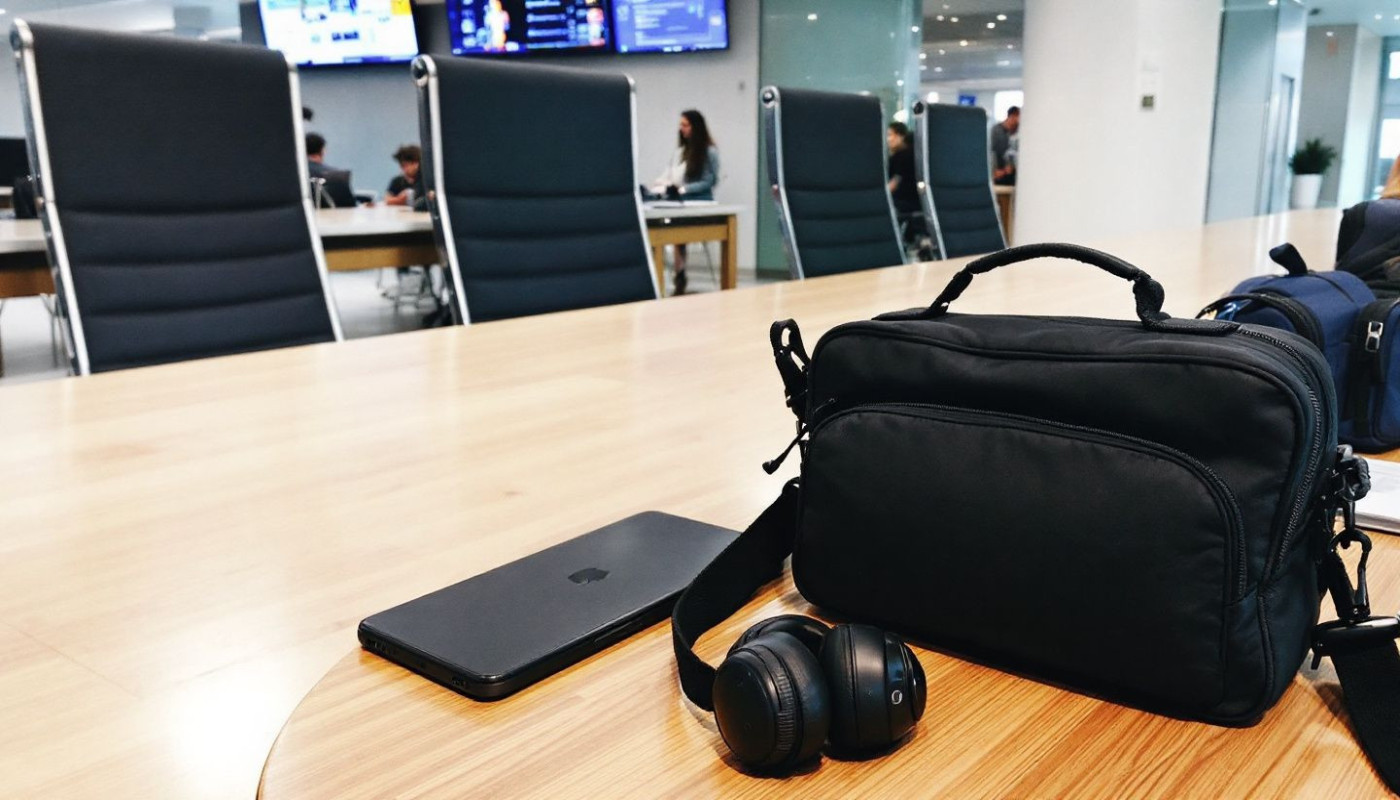Table of contents
Navigating the turbulent waters of a breakup can be a deeply transformative experience. The emotional journey is fraught with challenges, yet understanding each stage can empower individuals to move forward with resilience and clarity. This blog post aims to unfold the complexities of the heart's healing process, providing a roadmap for those seeking solace and growth after the end of a relationship. Embark on this voyage of self-discovery and learn how to gracefully maneuver through each emotional stage of a breakup.
The Shock and Denial Phase
During the tumultuous period following the end of a relationship, individuals often experience what is known as 'breakup shock.' This reaction is characterized by disbelief and an inability to accept what has happened. Emotional denial acts as one of the mind's innate defense mechanisms, shielding a person from the initial pain and grief associated with the loss. This phase is akin to an emotional anesthesia, allowing for a temporary reprieve from the intense emotions that will inevitably need to be faced. Within this stage, it's not uncommon to witness a sense of numbness, a refusal to discuss or acknowledge the breakup, and a clinging to hope that the separation is reversible. Although it might appear counterproductive, these responses are a natural part of the relationship grief cycle and play a vital role in the healing process. It is advisable to approach these sentiments with a mindset of self-care, understanding that this stage is only the beginning of a journey toward recovery. As such, it is beneficial for those navigating this phase to be patient with themselves and recognize the legitimacy of their emotions without criticism or haste to move forward. Individuals grappling with these feelings are often best supported by a licensed psychologist or a therapist who specializes in relationship counseling, who can guide them through the complexities of this challenging time.
Navigating Anger and Bargaining
Following the initial shock, many individuals encounter a period of anger and bargaining. These stages are often intertwined with the process of grief, as the person affected struggles to come to terms with the loss of a relationship. The emergence of anger can be a useful sign that an individual is beginning to recognize the reality of the breakup. This emotional response can serve as a catalyst for the healing process, provided that anger management techniques are practiced to prevent lasting resentment. On the flip side, bargaining may surface as a way to cope with the pain, characterized by a relentless churn of "what ifs" and imagined scenarios that might have prevented the split.
It is critical for those experiencing these emotions to develop healthy coping strategies to facilitate letting go and moving forward. Cognitive dissonance often arises during this phase, as the mind struggles to reconcile the desire to undo the past with the reality of the present situation. A certified grief counselor or an emotional intelligence expert would stress the importance of acknowledging these feelings while finding a constructive emotional release. One such strategy could be engaging with tools designed to maintain a no-contact period, which can be instrumental in the healing journey. For instance, the app NoContact might be suggested to help individuals resist the urge to reach out to their former partner, thereby fostering a space for personal growth and recovery.
The Depths of Sadness
In the aftermath of a breakup, the descent into sadness can be seen as a natural progression in the emotional healing journey. Acknowledging grief is pivotal to moving forward, where the pangs of loss are not just felt but examined through a lens of self-reflection. The manifestations of sorrow are diverse, ranging from a gentle melancholy to an intense state akin to depression stages, which require careful emotional regulation. Coping strategies might include seeking emotional support from friends, engaging in grief counseling, or finding solace in creative outlets that allow for the expression of feelings.
Sadness, in its own way, can serve as a compass, guiding one through the murky waters of a severed connection. It is in these depths that emotional support becomes invaluable—whether it's through the understanding ear of loved ones or the professional aid of a mental health expert. Such support systems provide not just a lifeline but also perspectives that can illuminate the path towards recovery. Remember, though the journey is personal, you need not walk it in isolation. Embrace the full spectrum of your emotions, for they are the very substance that will eventually forge your path to healing.
Rebuilding and Acceptance
In the journey of emotional healing, the acceptance stage marks a significant turning point. It is essential to recognize that acceptance does not mean condoning what has transpired; it is an acknowledgment of a new reality and an embrace of change. At this juncture, the focus on personal development becomes central. The concept of self-empowerment takes root, fostering an environment where individuals can rediscover their own identity and independence. This stage is not just about coming to terms with the end of a relationship but also about celebrating new beginnings and the opportunity for self-reliance. A life coach or a psychologist specializing in personal transformation can offer valuable guidance, helping to navigate this complex stage. They often emphasize the pursuit of self-actualization, which is the fulfillment of one's potential and a critical step in rebuilding one’s life after a breakup. As one moves forward, the foundations laid down in the acceptance stage can lead to a more resilient, self-aware, and empowered existence.
Finding Peace and Moving Forward
Attaining inner peace after a breakup is a testament to one's psychological resilience and marks the beginning of moving on. In this phase, individuals often seek ways to foster a sense of serenity and self-compassion. Embracing personal growth becomes a priority as the experiences and relationship lessons from the past are used as tools for self-reflection and improvement. Strategies for nurturing this growth may include mindfulness practices, establishing new routines, or setting personal goals that reaffirm one's values and aspirations. Experts in positive psychology and relationship professionals who understand the dynamics of attachment recommend channeling energies into creative or physical outlets, which can be therapeutic and instrumental in healing. As one prepares to venture into future relationships, these practices lay a robust foundation for healthier and more fulfilling connections. By applying the insights gained, one not only moves past the pain but also emerges with a strengthened sense of self, ready to embrace the possibilities that lie ahead.
Similar articles

Ensuring Business Continuity During A Kubernetes Cluster Upgrade

How Does An ESIM Simplify Your Mobile Data Needs While Traveling In Europe?

How Small Businesses Can Leverage A Chatbot Builder To Improve Customer Service

How Small Businesses Can Benefit From Using A Chatbot Builder

Exploring The Impact Of Jurisdiction Choice On Crypto Licensing Success

How To Choose The Right Chatbot Builder For Your Business Needs

How Choosing The Right Chatbot Builder Enhances Customer Service

Exploring The Impact Of UX Design On Chatbot Effectiveness

Advancing AI Prompt Design For Enhanced Creative Outputs

Exploring The Future Of Multi-channel Chatbots In Customer Service

The Evolution And Future Of Conversational AI In Customer Service

How To Build A Chatbot Without Coding Skills In Under 10 Minutes

How AI-driven Chat Platforms Revolutionize Customer Interactions

Exploring The Future: How Free AI Tools Are Shaping Industries

How Integrating Chatbots Can Transform Customer Service Efficiency

Enhancing Customer Engagement With Advanced QR Code Features

Step-by-step Guide To Diagnosing Connectivity Issues With Online AI Tools

